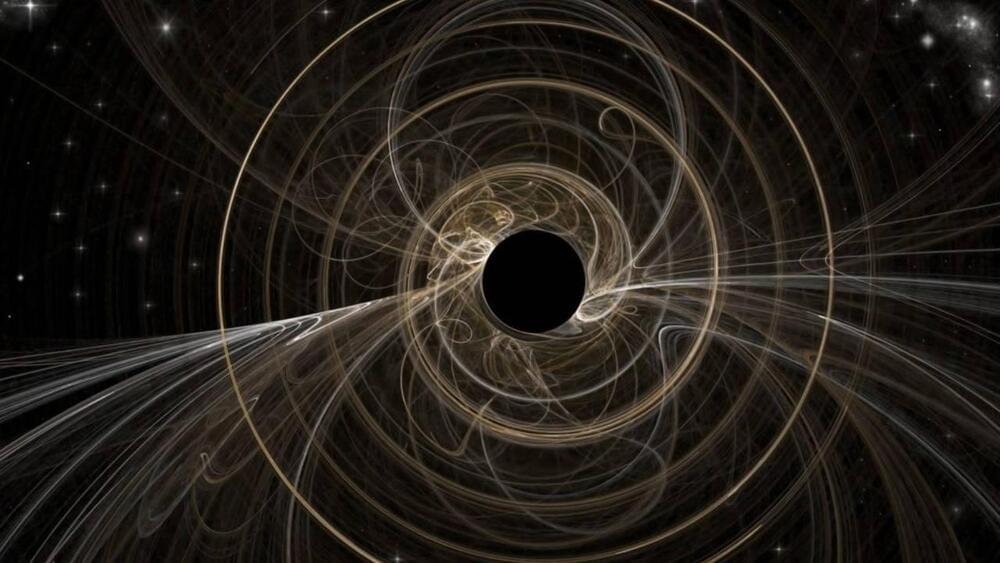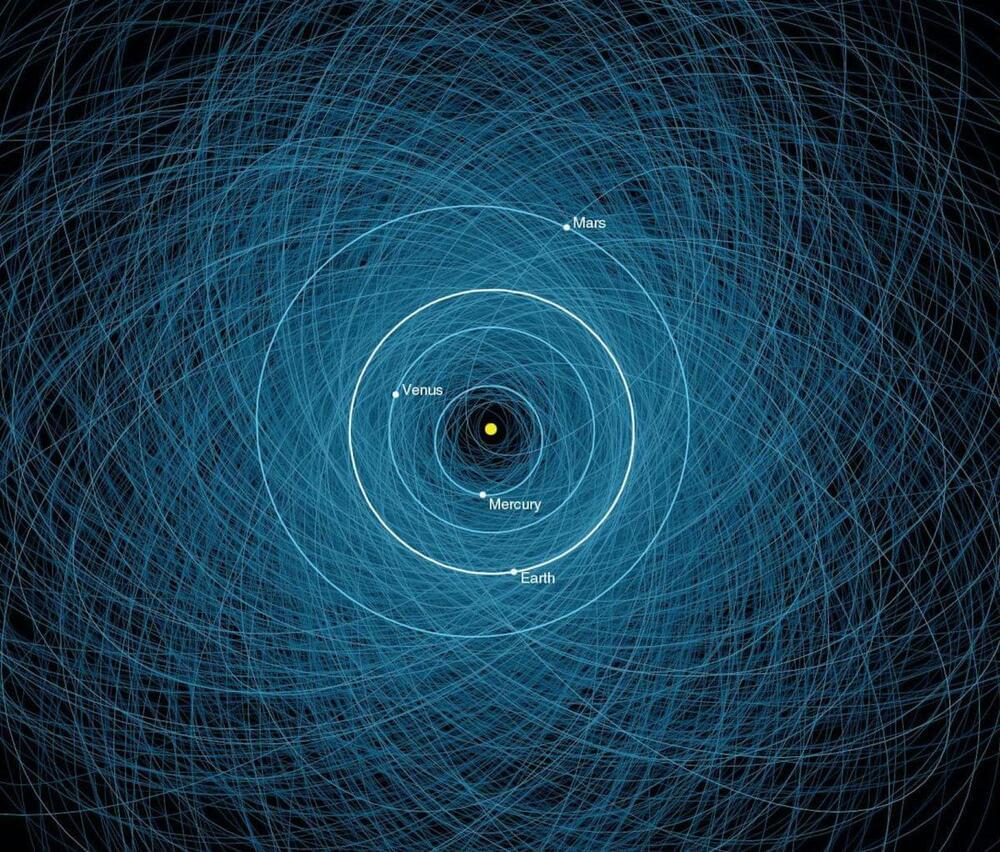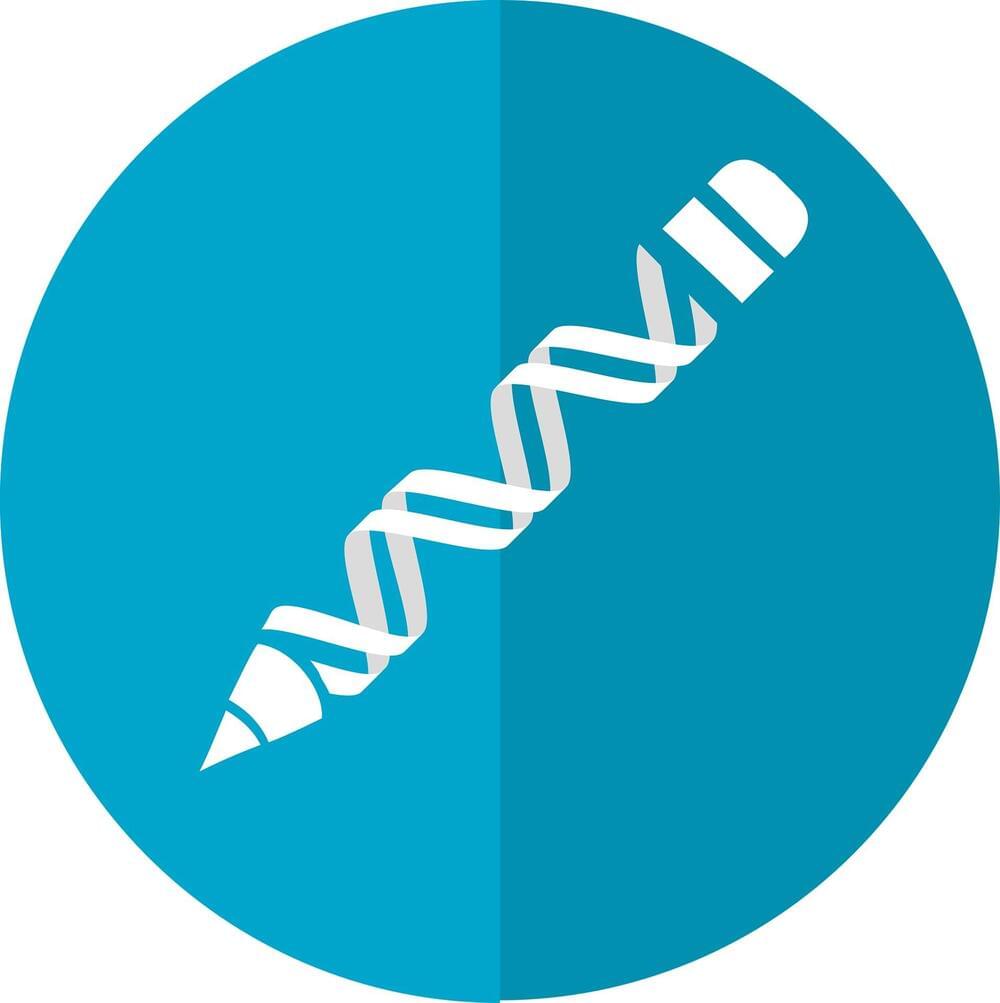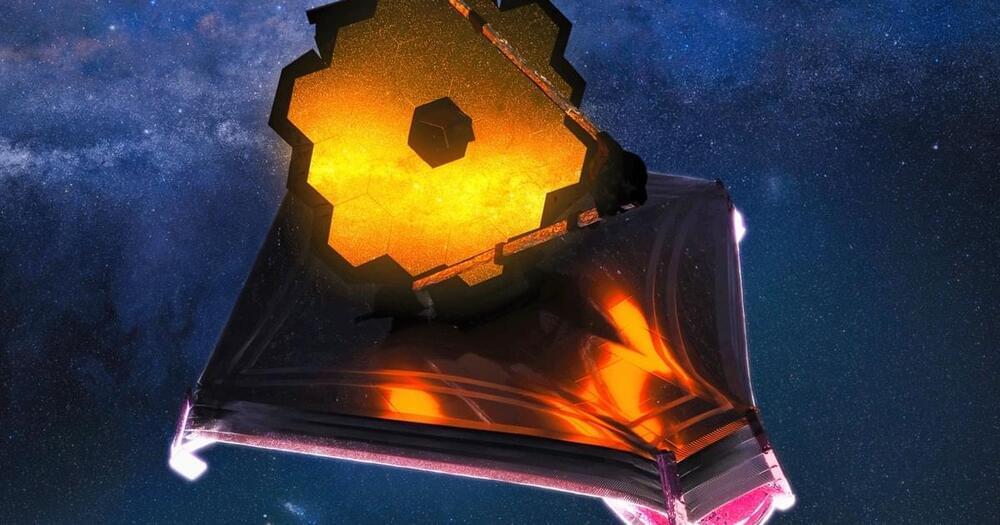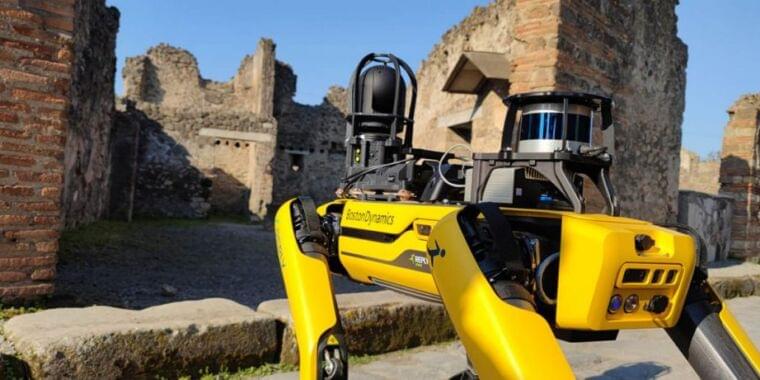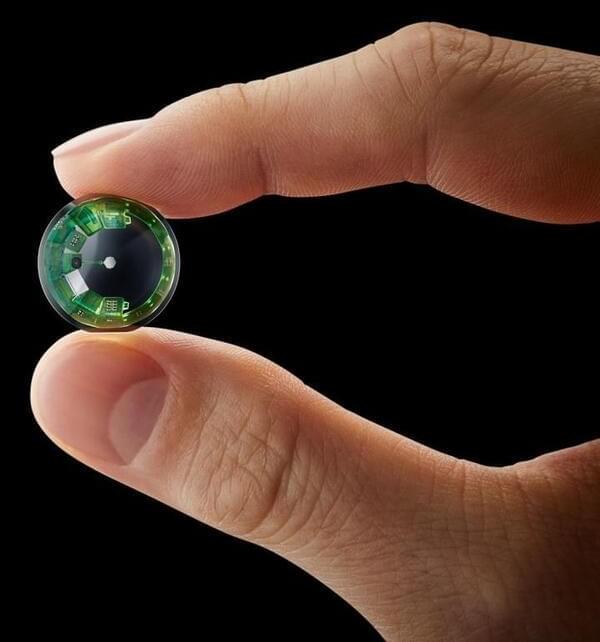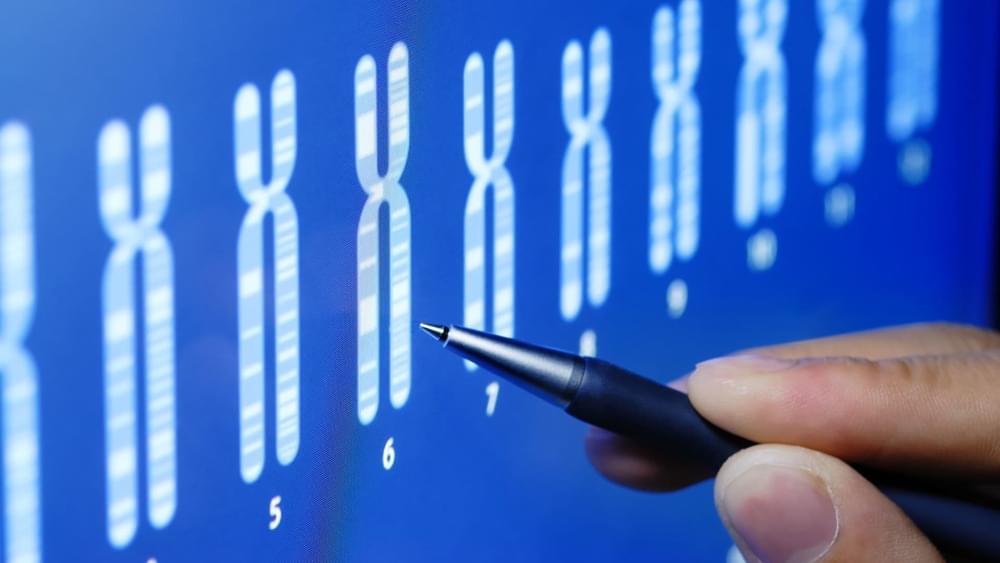The information paradox may finally be resolved with the help of the holographic theory – but this time on a fractal scale.
Ever since Hawking predicted the thermal emission of black holes and their subsequent evaporation, the question arose as to where this information goes. In the context of the Copenhagen interpretation of quantum mechanics – which states that the information about a system is entirely encoded in its wave function – information is always conserved. Thus, any loss in information, like that predicted by Hawking and his evaporating black holes, would violate quantum theory. This problem is known as the information paradox.
To resolve this paradox, physicists have been actively looking for a mechanism to explain how the information of the infalling particles re-emerges in the outgoing radiation. To begin, they need to determine the entropy of the Hawking radiation.
